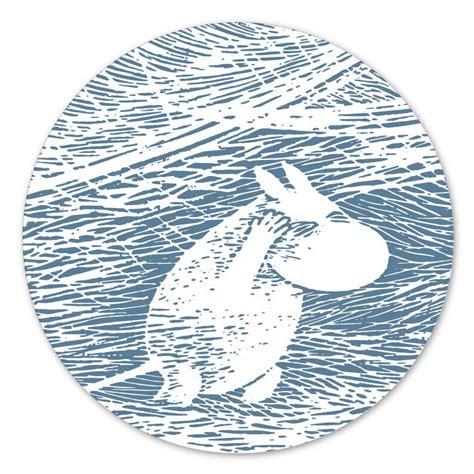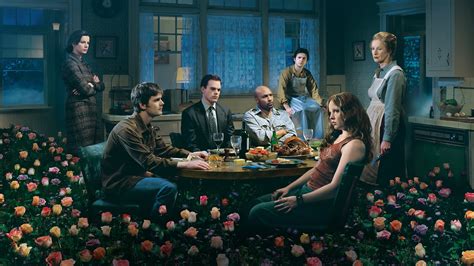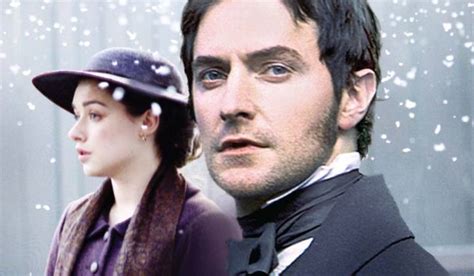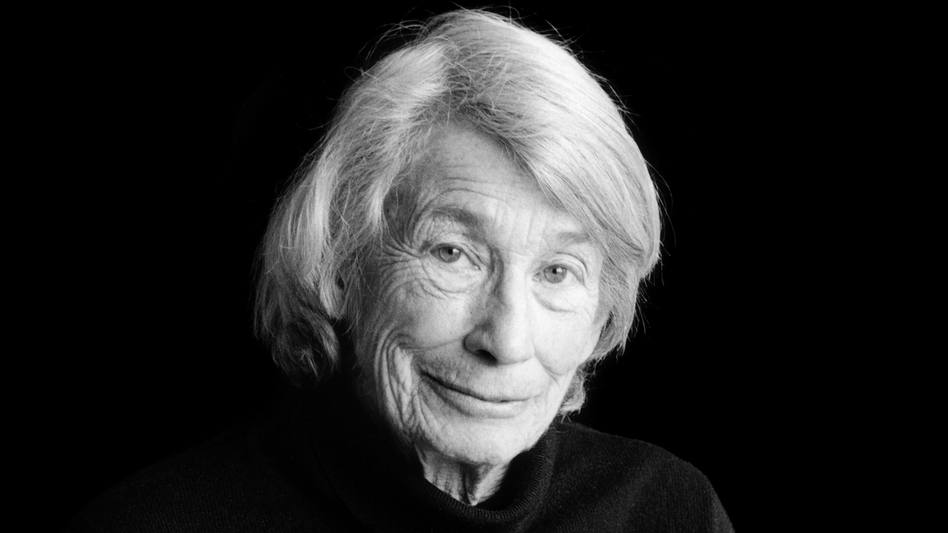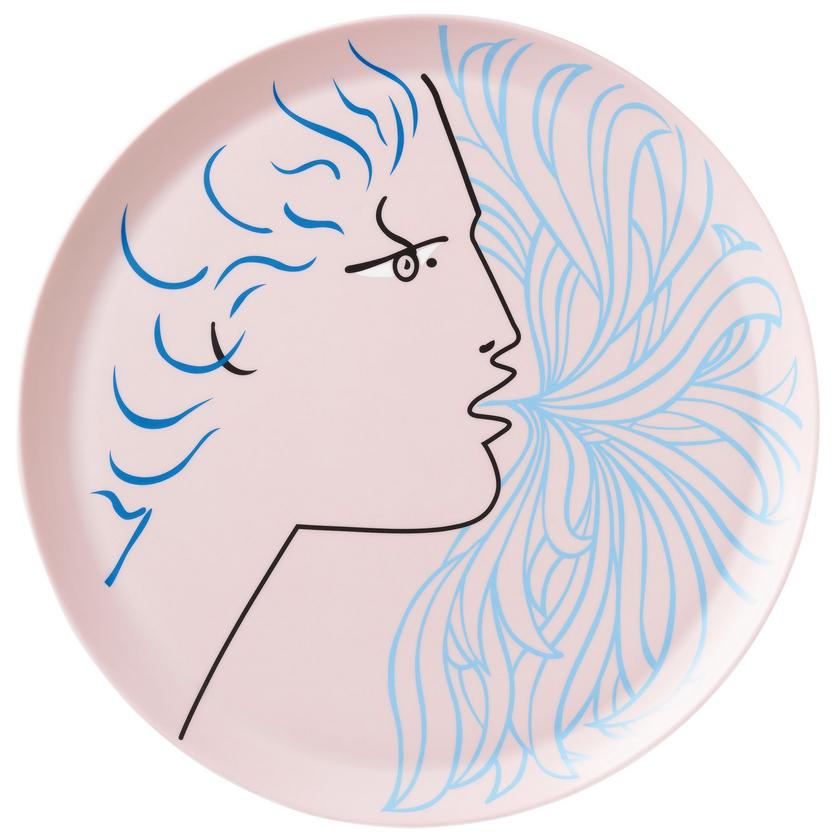Usually, the Moomins sleep through winter but in the story Moominland Midwinter by Tove Jansson, Moomintroll has woken up and ventures out on his own into the snowy landscape. He hopes to find others who are awake like him but finds most of them hibernating. As he plows through the snow, he experiences the joys and hazards of winter and manages to make a few friends along the way. At the end of the story, Moomintroll finds himself alone in a blizzard and a beautiful scene of resistance and surrender ensues. He realises that the blizzard is not only around him or outside of him, but that he is part of it. A dramatic description of what we potentially experience through breathing all the time, being an integral part of the atmosphere we exist in, from one breath to another.
I found this excerpt from Moominland Midwinter through an article in The Marginalian.
Category: Breath in Literature & Art
But my lungs are here
Having had two dead teeth pulled recently, I decided to re-watch Six Feet Under, the fabulous TV series about an undertaker family in Los Angeles. I was delighted to learn how the way you breathe affects doing flower arrangements.
After her husband‘s death, Ruth Fisher, the mother of the family, decides to take a job in a flower shop. She loves working at “Blossom d’Amour” but one day her boss Nikolai confronts her about her flower arrangements. He tells her that there have been complaints from customers that her arrangements have a „funereal“ look. Nikolai takes her off the flower arranging and assigns her to work on the register and to do the books instead. Having done the books for the family business for decades, Ruth is furious and takes action by attending a flower arrangement course.
During the course (season 1, episode 11), we see the teacher walking around the workbench where the female participants are finishing their flower arrangements, commenting on each of the creations. When she comes to Ruth, she stops and not only gives her advice on her flower arranging but also on her breathing:
Read MoreIt‘s all money and smoke, that‘s what they eat and breathe.
After I’d had a tooth extracted last week I spent time watching my favourite films and series. One of those is the BBC dramatization of Elizabeth Gaskell’s novel North & South (1855).
Margaret Hale, a young woman from the South moves with her family to a town called Milton in the industrial North after her father leaves the clergy, on a matter of “conscience”. This is incomprehensible to his wife, Mrs Hale, who struggles to come to terms with the local customs, environs, and bad air quality. Shortly after the move, her health worsens and she succumbs to respiratory disease.
Read MoreI wanted a sieve, a mask (…) to breathe through
“I knew I was breathing the expelled breath of everything
that was alive and I couldn’t stand it,
I wanted a sieve, a mask, a, I hate this word — a cheesecloth —
to breathe through that would trap it — whatever was inside everyone else that entered me when I breathed in.”
This is an excerpt from the poem Magdalene — The Seven Devils, part of the volume of poetry Magdalene in which Marie Howe re-envisions the biblical Mary Magdalene in modern time. Like Magdalene in the bible, the modern Magdalene is plagued by an incomprehensible mix of anxiety, guilt, shame, and the many different emotional responses that the concept of sin evoke in her.
Being a woman, her sin is sexual and defined for her by the church fathers and biblical authors alike. Both the idea of sin itself and the idea that sexuality can be a sin at all create a separation from one’s body, the soft animal that breathes naturally.
Read MoreAs long as you can still grab a breath, you fight
I‘ve finally gotten round to watching the movie The Revenant by Alejandro G. Iñárritu, inspired by the life of frontiersman Hugh Glass, played by Leonardo Di Caprio. It is an epic exploration of humankind‘s relationship to nature in general and specifically in the context of the fur trade in North America in the 1820s.
Previously I was a bit scared to watch it because I knew it would be challenging and moving for me. And, indeed, it was.
In the film are some great breathing scenes: even before the title comes up, we hear Glass whispering in an American Indian language during a dream of his Pawnee wife and son and the destruction of their village by soldiers:
Read MoreBreathing and tasting
Spring, a timely love poem by Mary Oliver, is about a bear and not about a bear. Rather, Mary Oliver imagines herself having the bear‘s experience, a pure physical sensation of the freshness and richness of springtime. And part of that is, of course, breathing, the steady inner and outer flow amidst the apparent, bursting energy.
Another aspect of the poem is also related to breathing, namely the way Mary Oliver feels herself connected to the bear in a shared sense of aliveness. This naturally includes breathing, a shared breathing with the other. And this makes me believe her when she says, “There is only one question:// how to love this world.”
Read MoreThe night is breathless
„The night is breathless.“ This line of the poem Hotel Room by Vladimir Nabokov intrigued me. How does the night breathe or not breathe? Does it mean that the air is stifling hot? Or that the night seems to be holding its breath? Or that the night has died?
Read MoreProtean Breath
One of my private indulgences is surfing online for porcelain. On one of these haunts, I came across a remake of Jean Cocteau’s ceramic art work “Protée” from 1960, picked up by the French porcelain manufacturer Raynaud.
Protée, or Proteus, is the ancient Greek god of the sea or god of rivers. He is in charge of the constantly changing and transformative nature of water. According to Wikipedia, “the adjective protean, means “versatile”, “mutable”, or “capable of assuming many forms”. the breath.
What a perfect description of the breath!
The image on Jean Cocteau’s plate is Proteus exhaling with a blow, presumably moving water into motion.
Beating at the last breath in his lungs
I‘ve just finished reading Lirael, a fantasy novel in the Old Kingdom book series by Garth Nix.
In the realm of the Old Kingdom, it is the practice of the so-called Abhorsen to move in out of the world of life and the world of death. For the Abhorsen, the boundary between the two worlds is like a membrane one can feel and touch. Interestingly there is no change in breathing while going into death, only changes in temperature and mobility. The Abhorsen seems to have two bodies in one, one body that stays in the world of life, still breathing, while the other body, also breathing, goes into the world of death to fight necromancers and other dead creatures.
Read MoreI wanted to help people find their own breath
Beautiful statement about dance, breath and the pulse of life by British choreographer Aakash Odedra in Dance Magazine.
„I consider there to be two spheres in my life: the inner world and the external physical world. Most of the time they don’t align.
As a child, whenever I heard music, I instantly disconnected from the present and vanished into a world of myth and fantasy. A swing of an arm created a painting that only I could see; a hand gesture gave birth to an Indian god; continuously spinning while looking down at the carpet made my eyes see patterns spring to life. I remember coming to and all the adults reacting, some clapping, some laughing and a few just looking at me weirdly.
Sadly, the world within me felt more appealing. My family, which had just migrated from Africa, lived in a rundown area of Birmingham, England, right next to a train track and industrial buildings. The sky always seemed to be gray. I soon realized why some of the adults were looking at me weirdly or laughing: They didn’t see what I saw—they only saw what was around them. It became my ambition to share my inner fantasy world. To create a bridge that gave deeper meaning to the dull, gray world I lived in.
Read More
